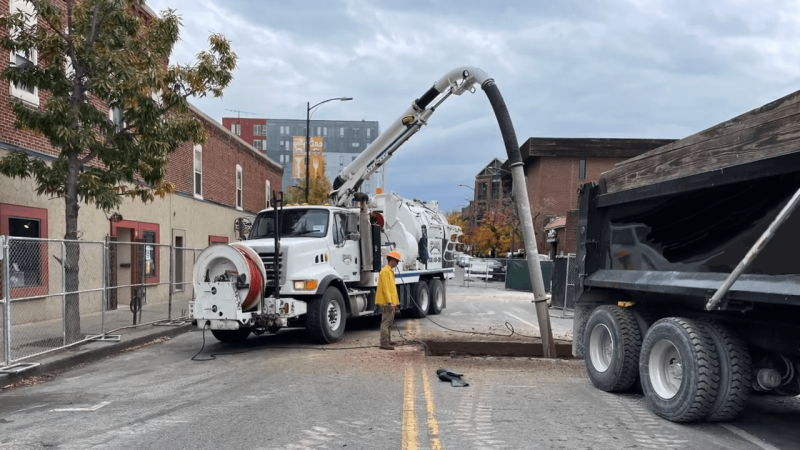Advanced Excavation Technology
Posted 17:30 April 12, 2024
Last Updated 17:30 April 12, 2024

Advanced excavation technology has revolutionized the way construction projects are executed, offering numerous benefits while also presenting certain drawbacks. One of the most significant advantages of advanced excavation technology is increased efficiency. Modern equipment, such as hydraulic excavators, mini-excavators, and hydrovac trucks, are equipped with powerful engines and precise control systems that allow for faster and more precise excavation. This efficiency translates to reduced project timelines and lower labor costs, as fewer workers are required to complete excavation tasks. Additionally, advanced excavation technology often incorporates features such as GPS guidance and telematics, which enable operators to work more accurately and safely, further enhancing productivity on the job site.
Another pro of advanced excavation technology is improved safety. Traditional excavation methods, such as manual digging or mechanical excavation, can pose significant risks to workers, including cave-ins, equipment accidents, and exposure to hazardous materials. Advanced equipment, such as remote-controlled excavators and hydrovac trucks, allows operators to perform excavation tasks from a safe distance, reducing the likelihood of accidents and injuries. Moreover, features like collision avoidance systems and real-time monitoring help prevent accidents by alerting operators to potential hazards in the vicinity, enhancing overall job site safety.
Furthermore, advanced excavation technology offers greater versatility and precision. Equipment such as hydrovac trucks can perform precise excavations in tight or hard-to-reach spaces without causing damage to surrounding infrastructure or utilities. This versatility makes advanced excavation technology suitable for a wide range of applications, including utility installation, landscaping, and environmental remediation. Additionally, advanced equipment often incorporates attachments and accessories that enhance functionality, such as trenching buckets, grapples, and augers, allowing operators to customize their equipment to suit specific project requirements.
However, advanced excavation technology also has its drawbacks. One of the main cons is the initial cost of investment. Advanced equipment, such as hydraulic excavators and hydrovac trucks, can be expensive to purchase or lease compared to traditional excavation tools. Additionally, the maintenance and repair costs associated with advanced equipment may be higher due to the complexity of modern machinery and the need for specialized technicians. While the increased efficiency and productivity of advanced excavation technology may offset these costs over time, the initial investment can be a barrier for smaller contractors or businesses with limited capital.
Another drawback of advanced excavation technology is the potential for job displacement. As automation and robotics become more prevalent in the construction industry, there is concern that advanced equipment may replace human workers, leading to unemployment and economic disruption. While advanced excavation technology can increase efficiency and reduce labor costs, it may also require specialized skills and training for operators, potentially limiting job opportunities for those without technical expertise. Moreover, the adoption of advanced technology may exacerbate existing inequalities within the industry, as larger companies with greater resources are better positioned to invest in and deploy advanced equipment.
In conclusion, advanced excavation technology offers numerous benefits, including increased efficiency, improved safety, and greater versatility. However, it also presents challenges such as high initial costs, maintenance expenses, and the potential for job displacement. As technology continues to advance and become more accessible, it is essential for stakeholders in the construction industry to weigh the pros and cons of advanced excavation technology carefully and consider the broader implications for workers, businesses, and society as a whole.
